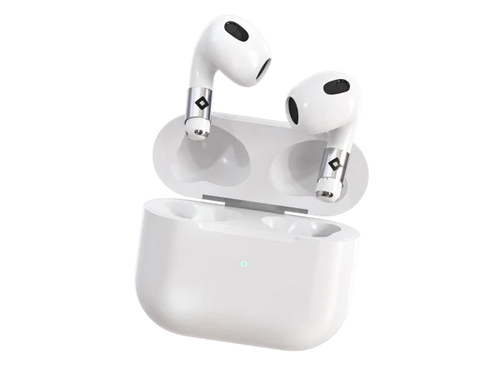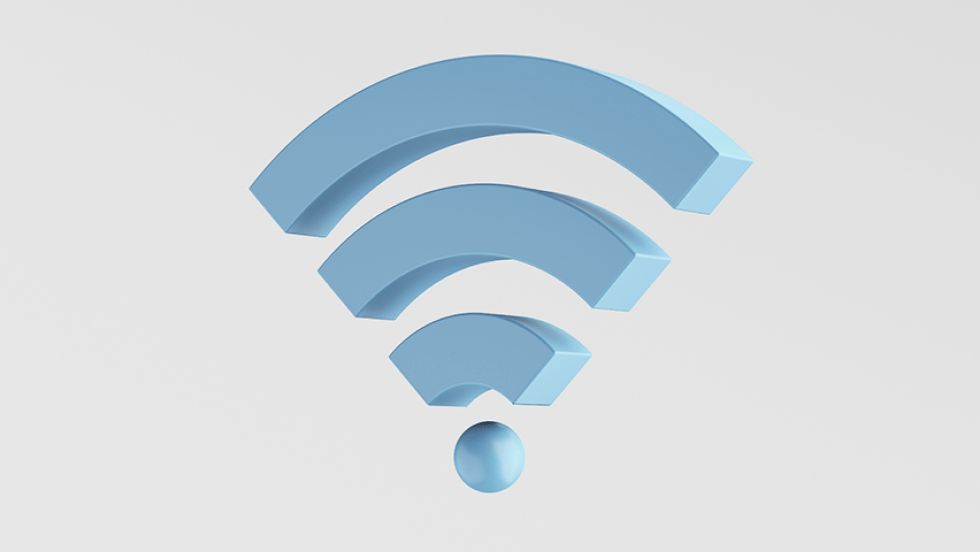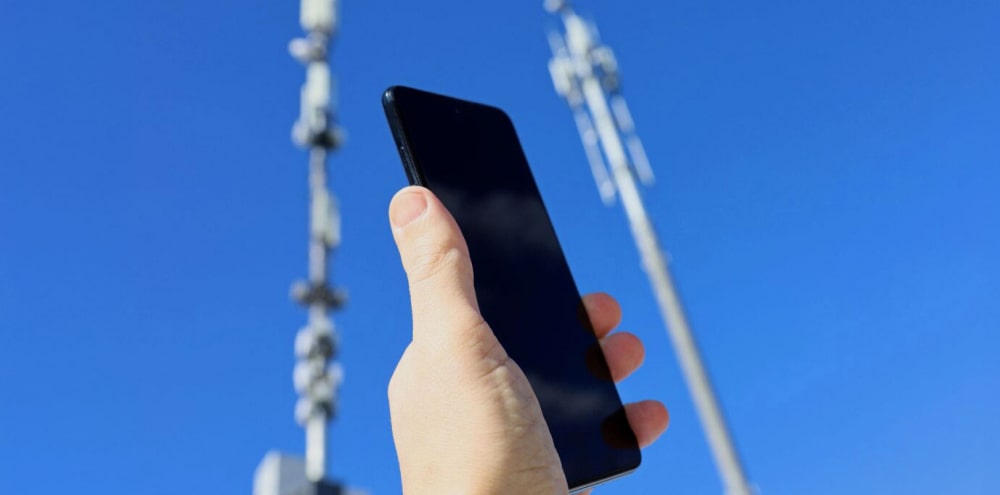At home and work, dozens of wireless networks are streaming invisible radio waves through your space and body. Besides them, there are Bluetooth speakers, PCs, phones, and other gadgets linked to these networks. It makes sense to be concerned about the potential health effects of all that wireless energy.
The Nature of Wi-Fi Radiation
However, the type of radiation that wireless gadgets emit has been the focus of the decades-long scientific investigation, even though their volume and popularity are new phenomena.
In 2013, John Moulder, professor emeritus of radiation oncology at the Medical College of Wisconsin, coauthored a review of the existing health research on Wi-Fi. Similar to a cell phone, a Wi-Fi router uses radio waves, a type of electromagnetic radiation, to transmit and receive data.
All that research has taught us that at high frequencies, electromagnetic radiation can promote tumor growth and cancer. One example is the sun’s ultraviolet rays and their links to skin cancer. Even at lower frequencies, very high levels of electromagnetic radiation exposure can hurt you. But we’re talking skin burns, not cancer or tumors, says Kenneth Foster, a professor of bioengineering at the University of Pennsylvania.
Foster was Moulder’s coauthor on that 2013 review of Wi-Fi’s health effects. Based on our current understanding of radio wave strengths and risks, world health authorities have set safety standards for all devices and appliances that emit electromagnetic radiation—from phones and microwaves to your car’s keyless entry fob. The exposure you get from your Wi-Fi router is orders and orders of magnitude below those safety limits.
The majority of people mistakenly believe that their wireless router is always sending and receiving data, but in reality, these devices talk only 0.1% of the time. If you're streaming video, it might increase a little bit, but otherwise, your router is only sitting there waiting for something to happen.
Every inch you put between yourself and your Wi-Fi router significantly lowers the strength of the radiation your body encounters. Put it this way during a call, your mobile phone is transmitting steadily at a strength maybe 100 times more powerful than Wi-Fi, and you’re holding the phone right against your head.
Concerns and Contradictions on Wi-fi Radiation
Some experts have big concerns about the types of low-intensity radiation our wireless devices produce. We have animal studies suggesting even low-level exposures to the kind of radio wave radiation associated with Wi-Fi could have various negative health effects, says Joel Moskowitz, director of the Center for Family and Community Health at the University of California, Berkeley.
He mentions neurodevelopmental issues, cancer, and reproductive harm—in both men and women—as some of those potential health concerns, especially for pregnant women and young children.
Classification and Studies
The World Health Organization and the International Agency for Research on Cancer have classified mobile phones as a possible carcinogen, which means there’s currently not enough research to say whether either causes cancer.
Earlier this year, a rodent study found heavy exposure to cell phone radiation increased rats’ risks for some brain and heart tumors. More rodent research has tied high levels of Wi-Fi and cell exposure to hormonal shifts and oxidative stress—the kind of shifts that could promote cancer or brain diseases.
Limitations of Animal Studies
Many of these animal studies are all over the place in terms of their design quality, Foster says. Animal research often does not translate to humans. Also, many of the most worrying experiments involved rodents that had been exposed to levels of radiation far greater than what people encounter when using mobile phones or wireless networks. Moskowitz doesn’t disagree with Moulder. But, he says the amount of radio wave radiation people—and especially children—are exposed to today is different, and this raises new concerns. When it comes to our long-term, cumulative exposures to all our wireless networks and gadgets, we’re flying blind.
Practical Precautions
Trying to avoid radio wave exposure is more or less impossible if you live in a modern society. Moskowitz advises keeping wireless devices away from your body and turning off wireless networks when not in use. Trying to minimize exposure is the best advice at this point.
Consider using EMF radiation protection products, utilizing products designed to reduce EMF exposure can mitigate potential risks. Bodywell, for instance, offers EMF radiation protection products that are proven effective through rigorous testing. Key benefits of using Bodywell include:
- Thermal Reduction: Bodywell products can reduce thermal absorption by up to 20%, helping to minimize heat-related effects from EMF exposure.
- Reduction in SAR: Bodywell products have demonstrated an 80% reduction in SAR, significantly lowering the amount of radiation absorbed by the body.
- PH Recovery: Prolonged EMF exposure can disrupt the body's pH balance. Bodywell products help recover pH levels by 100%, maintaining the body's natural equilibrium.
It is wise to take practical precautions to minimize exposure, particularly for vulnerable groups like children and pregnant women.

















Leave a comment
This site is protected by hCaptcha and the hCaptcha Privacy Policy and Terms of Service apply.